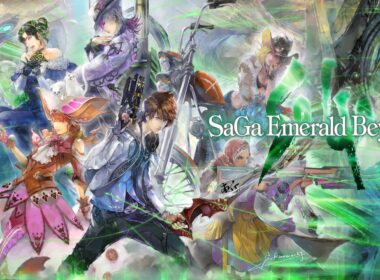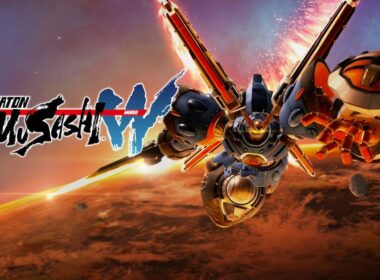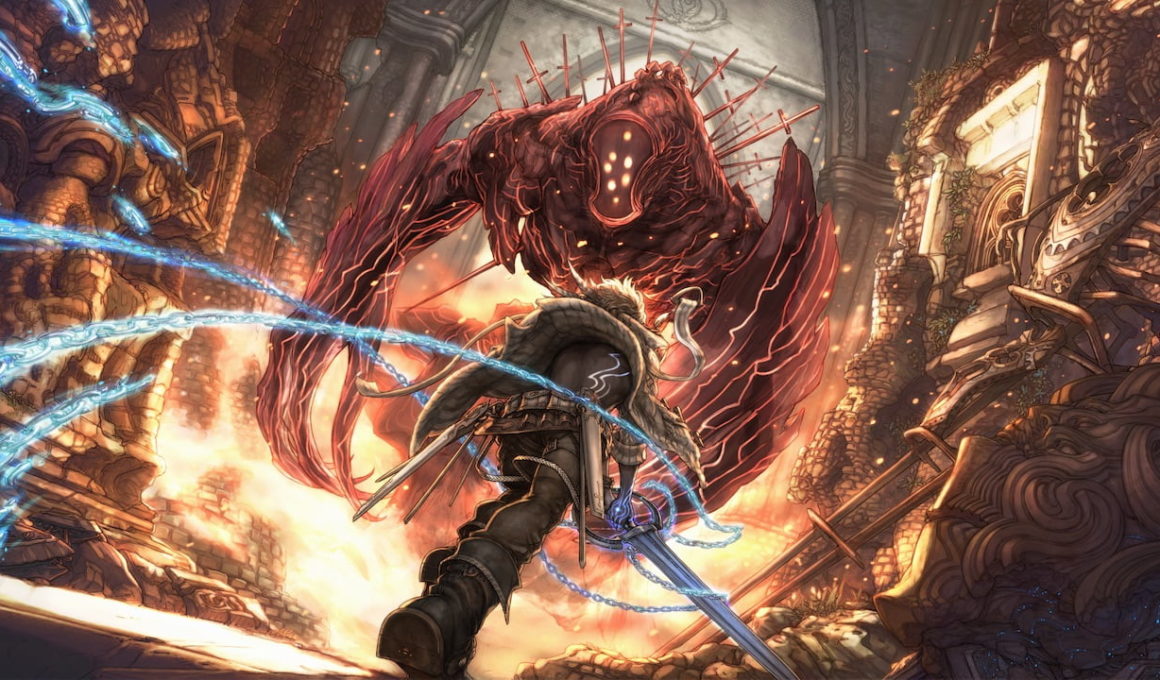Having lost his family during childhood to a bandit attack, Zael leads the life of a mercenary to make ends meet. However, he yearns for something more, continually striving to achieve his dream of one day becoming a knight.
When, during a mission with his mercenary group, an ominous presence bestows him with the ‘Power of the Outsider’, Zael finds himself propelled along a journey that will see him challenge his very moral grounding, and sees him fatefully crossing paths with the Count’s troubled niece, Calista.
This sets The Last Story in motion, the latest title from the renowned creator of the Final Fantasy series, Hironobu Sakaguchi, and his talented development studio, Mistwalker. Once again aiming to break the confines of the traditional role-playing formula, Sakaguchi unquestionably succeeds, delivering a formidable game built exclusively for the Wii from the ground-up.
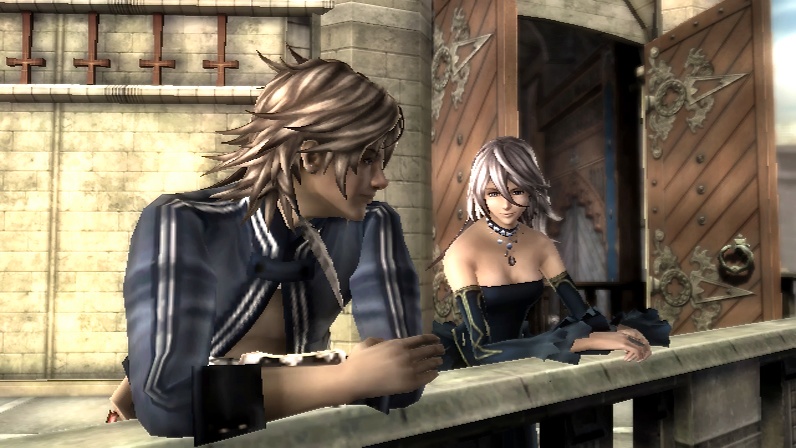
In entirety, the game effectively forms two halves. The first serving to introduce the various characters that form your fearless band of mercenaries, whilst gently easing the player into the depths of the battle system’s mechanics. Whereas the second sees you utilise and perfect what you’ve learned, with the narrative heightening its pace and scope all the way to its fitting conclusion.
You’ll spend much of your time amidst the sprawling Lazulis City, really brought to life as a thriving environment with plenty for the player to interact with – including hanging signboards for the player to freely headbutt! As you wander the streets you’ll encounter all manner of citizens going about their daily lives, and Mistwalker has achieved a commendable amount here within the constraints of the Wii’s limited resources.
Ariela’s Tavern is your initial base of operations and a place at which you can enjoy the humorous banter of your mercenary group – each complete with their own fully-voiced regional UK accent. Lowell, Scottish and a ladies man, proves to be an early favourite, with Syrenne’s frequent drunken outbursts also proving to be amusing. What builds across the entirety of the game is a sense of camaraderie between your mercenary group, which immerses those that allow themselves to be swept up in the adventure.
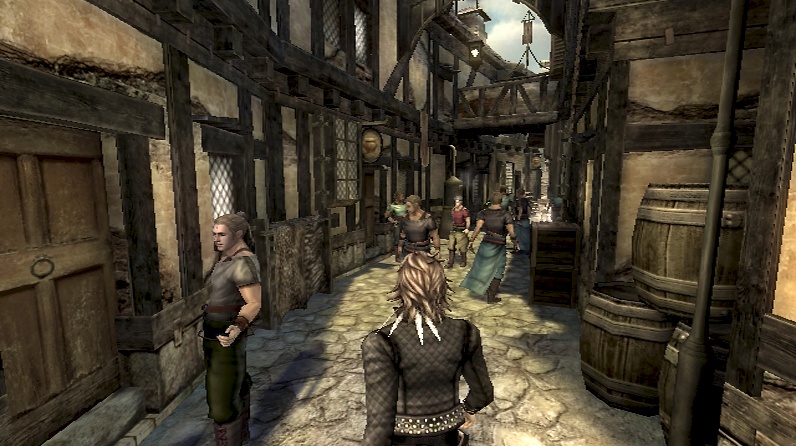
Although at first encounter the battle system may seem simplistic in approach, it hides an underlying complexity that becomes ever more apparent as you progress through the game. Centrally important to this is the ‘Gathering’ ability, a power mysteriously granted to Zael by the Outsider that allows him to draw the aggro of all enemies within a radius, enabling your party spellcasters to remain unhindered.
It also has its dangers, however, as with all enemy attention firmly transfixed on you, you’ll have to ensure that you don’t allow yourself to be surrounded. Useful if used tactically then, but not on a continual basis during any of the game’s particularly frantic battles. Planning then, and a ‘Command menu’ accessed by pressing up on the D-pad (if using the Classic Controller input) allows you to do so. Here you can tell each party member to perform specific actions, whereas otherwise you’d only be directly controlling one character throughout.
Magic in itself proves greatly important, casters able to target and place magic circles across the battlefield that allow all party members to add elemental attributes (Fire, Ice, Light and Nature) to their weapons at will.
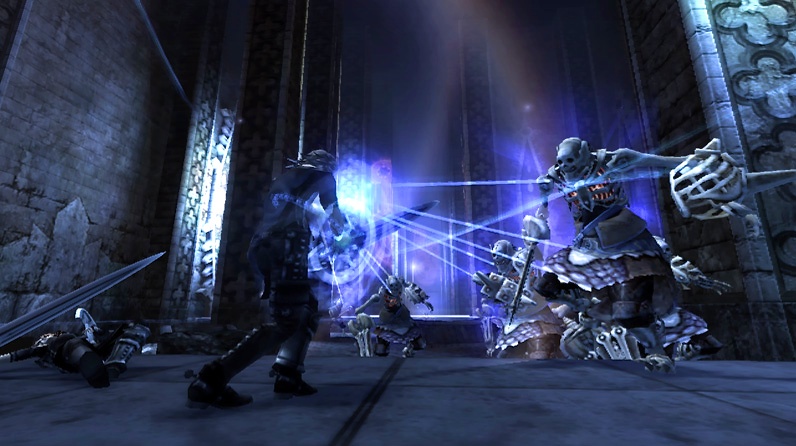
Further to this, Zael is able to perform a ‘Gale’ to diffuse such circles, the result of which causing further damage to nearby enemies or granting party-wide bonuses such as healing or damage protection dependent on which they are. This becomes imperative within many of the game’s key boss fights, such bonuses providing invaluable aid in tackling the hulking creatures that Mistwalker have created. It is within these that Mistwalker’s talent in design truly shines, each needing to be tackled in a specific way. Needless to say, it’s best that you discover such methods yourselves, so I’ll save detail here!
Later in the game, characters will each be granted a unique ‘Spirit Attack’, able to be used once their ‘Spirit Meter’ is filled – either through causing damage upon enemies or by taking damage from them. These prove more devastating counterparts to each individual character’s relevant skill – Zael able to raise his attack speed temporarily, or Yurick able to fling a barrage of Meteors upon foes for excessive damage.
In terms of difficulty, The Last Story remains relatively simplistic throughout – few minor spikes scattered across, with a few far larger towards the game’s finale. Each character, including the player, is granted five lives during combat, allowing you multiple opportunities to ensure that you pass any combat situation before being met with the ‘Game Over’ screen, which is refilled once victorious.
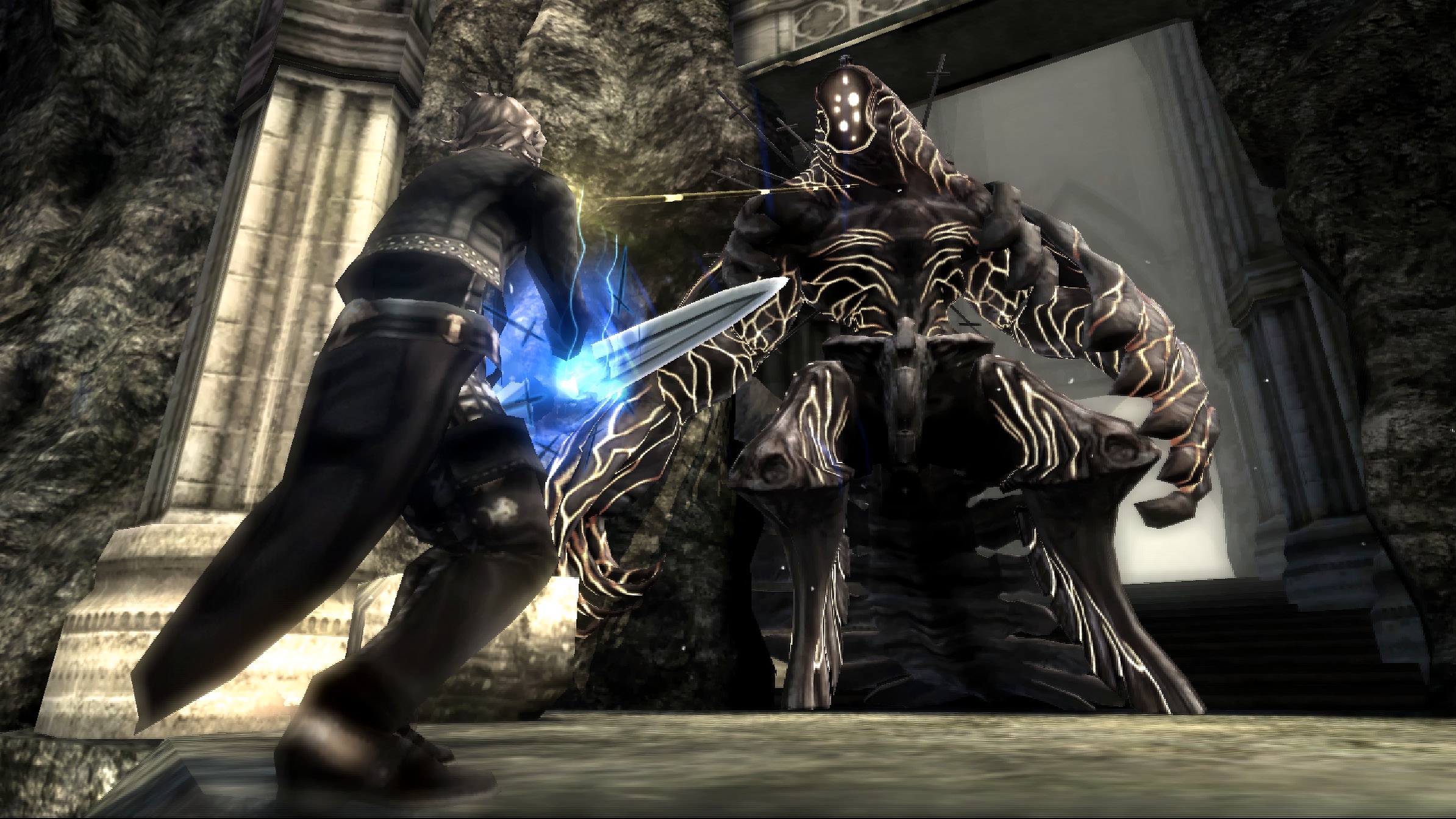
Within battles and environments, you’ll also make use of ‘Seek mode’, which serves a range of functions. It’ll help you reveal hidden passages for example, or show vulnerable pillars that you can request spell casters target to crush enemies. Within cities this is also used to locate hidden items or characters that the player is able to interact with, expanding the gameplay experience beyond simply running up and down streets.
Whilst striving to differentiate itself from the stagnated genre, The Last Story still retains elements that have long been attributed to it. Weapons and armour may be continually upgraded, heightening physical and magic attack damage. There’s also a broad selection, each altering the look of your character that is able to be further customised through a range of coloured dyes. Even more impressive is that such choices are transitioned across to the game’s countless cutscenes, adding a personal touch to the entire experience.
Once you’ve made your way through the game’s engaging 20-hour narrative, there’s also an additional Multiplayer mode for those that relish the challenge. Here you’ll find Deathmatch, Team Deathmatch and a Co-operative mode, able to be played over Nintendo Wi-Fi Connection. Each support up to six players, and you can either search for random players to join or can host a private lobby for yourself and up to five friends.
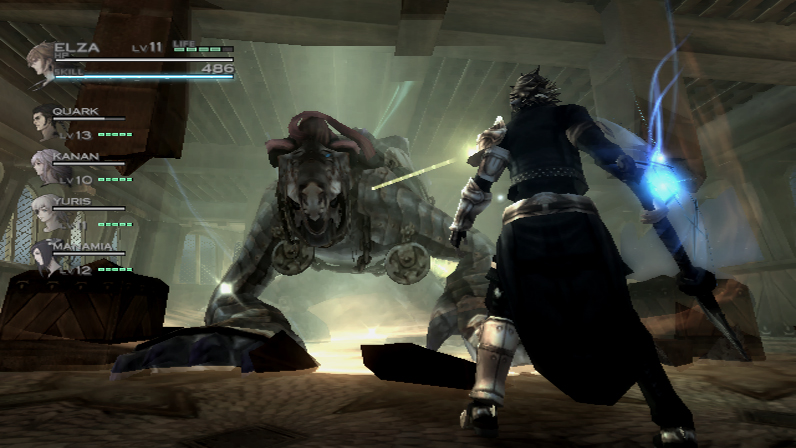
This works without issue, although, as with most online titles, the more players you have the more enjoyable the experience. For instance, the Co-operative mode pits you against a selection of the game’s best boss fights, yet without the full complement of six players, you may find yourselves struggling to make a dent.
The sheer quality of both audio and visual direction is also worth mentioning, Sakaguchi’s experience as a film director clearly coming into play. There is an artistic beauty about the entire experience, helped in no small part by a sumptuous score from veteran composer Nobuo Uematsu, yet innovative use of the game’s ‘Seek mode’ sees the player, following the conclusion of a cutscene, shifted into a first-person perspective where they must then search their surroundings for a relative point of interest.
Though some denounce the Japanese role-playing genre as having fallen from grace, The Last Story stands tall as a shining beacon that exemplifies the very best of what it can achieve. A heartwarming tale of love, friendship and betrayal prove a resounding storytelling experience, accompanied by an inventive battle system that is as accessible as it is immersive to behold.
One can only hope that The Last Story won’t indeed be Mistwalker or Hironobu Sakaguchi’s last to grace a Nintendo platform, as the craftsmanship on display here will be sorely missed.
Version Tested: Wii
Review copy provided by Nintendo



